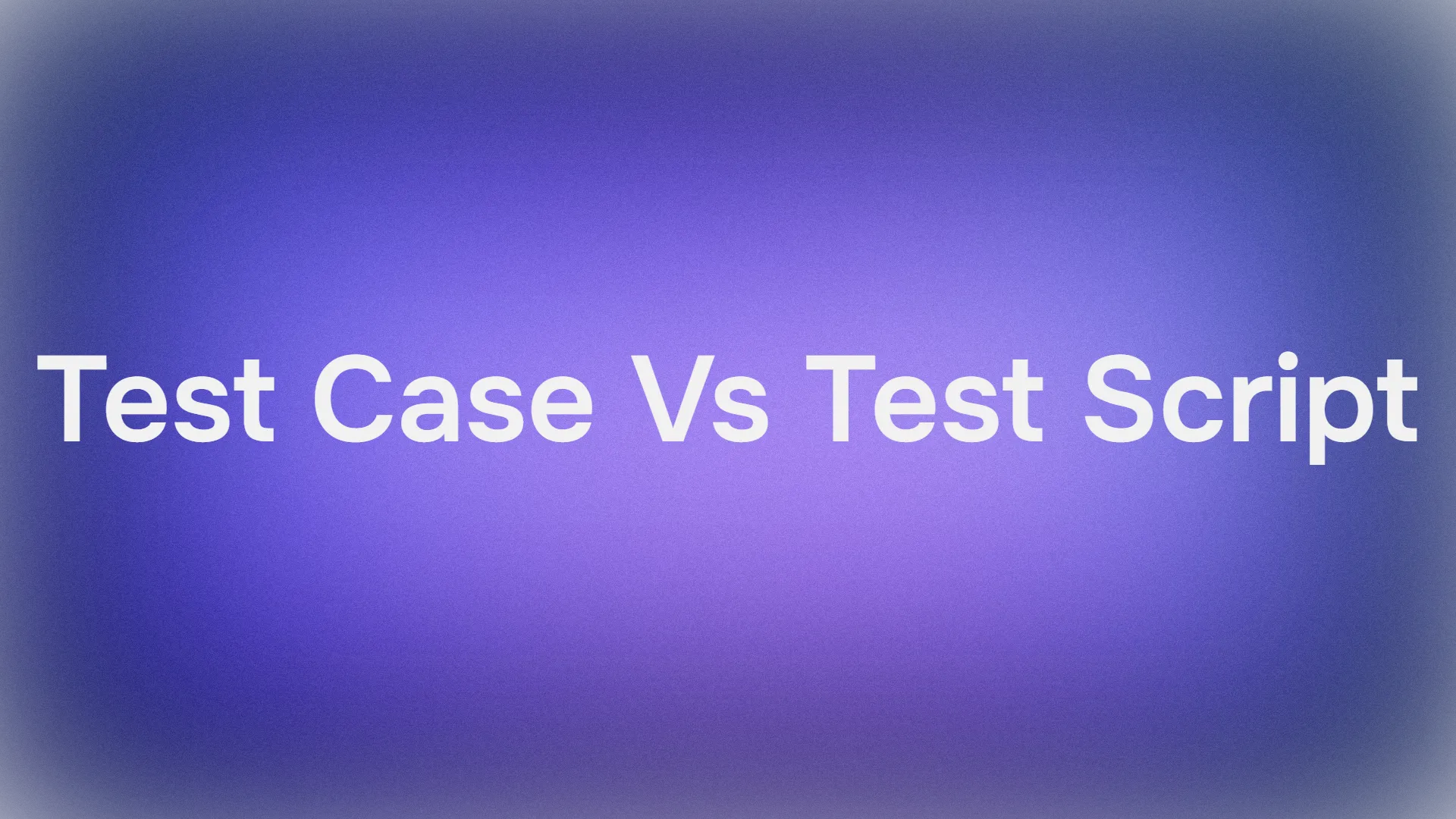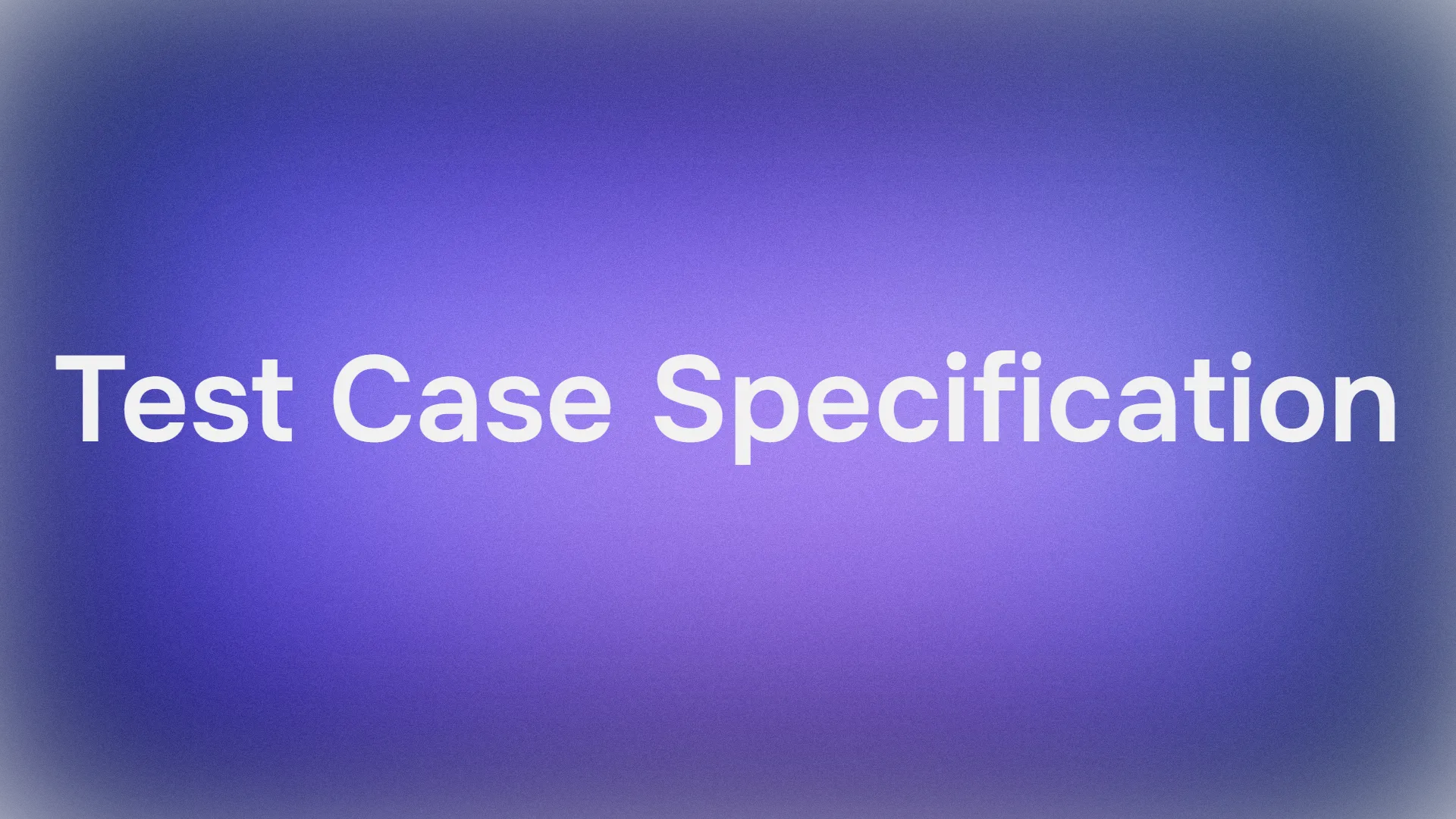Flutter and Appium serve distinctly different purposes in the mobile development ecosystem. Flutter is a comprehensive UI framework for building cross-platform applications, while Appium focuses on automated testing of mobile applications. Understanding their core differences is crucial for developers and organizations making technology decisions.
Apidog is a low-code API platform that provides developers with a simple and intuitive user interface for designing, testing, documenting, and mocking APIs.
Together with CI/CD integration, client-code generation and customizable scripts, find out all the things you can do with Apidog by clicking the button below!

Flutter Overview
Flutter has emerged as a powerful cross-platform development framework that enables developers to create natively compiled applications for mobile, web, and desktop platforms using a single codebase. Created by Google, this open-source framework has gained significant traction, with 46% of software developers adopting it for their projects as of 2023.
Key Advantages of Flutter
- Fast Development Cycle
Flutter's hot-reload feature enables developers to see changes in real-time, significantly accelerating the development process. This instant feedback loop enhances productivity and allows for rapid iteration. - Cross-Platform Capabilities
The framework supports not only mobile app development but also web and desktop applications, making it a versatile solution for multi-platform development1. This unified approach reduces development costs and maintenance overhead. - Performance and UI Excellence
Flutter offers exceptional performance with smooth animations and transitions, even on older devices. Its rich set of customizable widgets enables the creation of visually stunning and responsive user interfaces.
Common Use Cases for Flutter
- MVP (Minimum Viable Products) Development
Flutter is particularly well-suited for startups and businesses looking to launch minimum viable products quickly, offering rapid development cycles and cost-effectiveness. - Cross-Platform Applications
The framework excels in scenarios requiring consistent user experiences across multiple platforms, enabling developers to maintain a single codebase for iOS and Android. - Data-Driven Applications
Flutter's robust architecture makes it ideal for healthcare apps, travel applications, and IoT devices that require complex data presentation and real-time updates.
Appium Overview
Appium is an open-source mobile automation framework designed for testing native, hybrid, and mobile web applications. It supports multiple platforms and programming languages, making it a versatile choice for quality assurance teams.
Key Advantages of Appium
- Cross-Platform Testing
Appium enables comprehensive testing across multiple platforms, including Android and iOS, without requiring code modifications. This unified approach streamlines the testing process and increases efficiency. - Language Flexibility
The framework supports various programming languages, including Java, Python, Ruby, and JavaScript, allowing testers to work with their preferred programming language. - Real Device Testing
Appium facilitates testing on actual devices, providing authentic feedback on application performance and functionality in real-world conditions.
Common Use Cases for Appium
- Automated Testing
Appium excels in automated testing scenarios, particularly for organizations requiring comprehensive test coverage across multiple devices and platforms. - Continuous Integration
The framework integrates seamlessly with CI/CD tools like Jenkins, Bamboo, and Travis CI, enabling continuous testing throughout the development lifecycle. - Cross-Browser Testing
Appium's versatility extends to testing web applications across different browsers and platforms, making it valuable for web-focused testing strategies.
Comparative Analysis
Development vs. Testing
While Flutter focuses on application development and UI creation, Appium specializes in testing and quality assurance. Flutter enables developers to build applications with native-like performance, while Appium ensures these applications function correctly across different platforms.
Platform Support
Both tools offer cross-platform capabilities but in different contexts. Flutter provides a single codebase for developing applications across platforms, while Appium offers a unified testing framework for applications regardless of their development platform.
Community and Support
Flutter boasts a large and active developer community, with extensive documentation and resources. Similarly, Appium has strong community support and integration with popular testing frameworks, making it a reliable choice for testing automation.
Making the Right Choice
The decision between Flutter and Appium depends entirely on your project's needs:
Choose Flutter when:
- You need to develop cross-platform applications quickly
- You require high-performance UI with custom designs
- You're building an MVP or prototype
- You want to maintain a single codebase for multiple platforms
Choose Appium when:
- You need comprehensive automated testing
- You require cross-platform testing capabilities
- You want flexibility in programming language choice
- You need to integrate testing with CI/CD pipelines
Future Outlook
Flutter's future appears promising, with continued growth in adoption and capability expansion. The framework is well-positioned to become a leading solution for cross-platform development, particularly in web and desktop applications.
Appium continues to evolve with mobile testing needs, offering enhanced support for modern applications and maintaining its position as a preferred choice for automated mobile testing.
Apidog - An All-in-one Solution for Your API Problems
If you are looking for a tool to test your app that you made with Flutter, consider using Apidog.

Apidog provides developers with a complete platform for designing, testing, documenting, and mocking APIs. Come take a look at what other actions you can take with Apidog.
Design APIs with Apidog
Design and deploy custom APIs effortlessly with Apidog. Transform your concepts into functional interfaces through an intuitive, single-click development process.


To begin API development, click "New API" to access the configuration interface. Here, you'll structure your API's core components:
- Choose request methods (GET, POST, etc.) to specify how external applications will communicate with your API
- Set up endpoint URLs that serve as access points for different API functions
- Configure URL parameters to enable precise data retrieval and manipulation
- Document each endpoint's purpose and requirements to guide developers in implementing your API
This setup process creates a blueprint for how other applications will interact with your service.
Create API Documentation With Apidog
Once you have finished your API design with Apidog, you can begin creating API documentation.

First, click the Share Docs logo on the left tab, and click the + New button.

After configuring your API, review and finalize your documentation settings. You can enhance security by adding password protection and customizing accessibility with a unique URL.
Once you've verified all the details, click Save to keep your configuration.

With your API documentation ready, you have several options for what to do next:
- View the documentation to understand how it appears to readers.
- Copy the link and distribute it to others or share it with team members.
- Modify the content of the API documentation.
- Remove the API documentation entirely.

Conclusion
Flutter and Appium serve complementary roles in the mobile development ecosystem. Flutter excels in creating cross-platform applications with stunning UIs and native performance, while Appium provides robust testing capabilities to ensure application quality across platforms. Understanding their distinct purposes and advantages enables organizations to leverage both tools effectively in their development and testing strategies.



